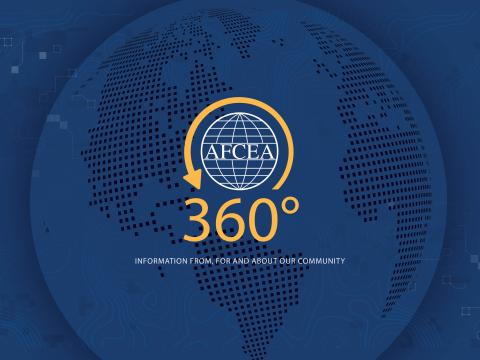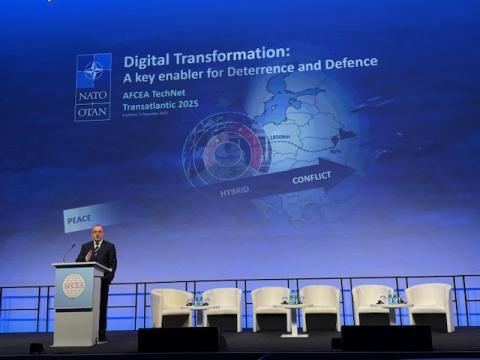Donald Schroeder, Sandia National Laboratories
Which emerging technology will have the biggest impact on your organization in the future?
The emerging technology that will have the greatest impact on Sandia National Laboratories, a National Nuclear Security Administration lab, reflects the shift toward an increased reliance on supercomputers and their validated numerical simulations to model the nuclear stockpile. Computer simulations will revolutionize the laboratories’ microelectronic and nanoscale contributions to engineering and national security. Simulations help researchers work faster and more accurately.
The problems facing Sandia as well as industry and the
One of the major thrusts of predictive engineering, therefore, is capturing science within computer models. Sandia, which in 1962 gained the patent on the so-called “clean rooms” that made the fine details of silicon chips possible and in 1991 helped change the world of computing from a single superfast chip to the massively parallel processing machines common today, is no stranger to microelectronic devices or to supercomputing. As Sandia’s new $500 million microelectronics facility and $76 million nanotechnology center come online, the laboratories’ supercomputers and their unique visualization programs will help direct the design of many engineered devices expected to emerge from these facilities.
The title “world’s fastest supercomputer” is awarded to a different machine monthly as new supercomputers come online, and Sandia has had its share. Its ASCI Red machine, built for the U.S. Department of Energy’s Accelerated Strategic Computing Initiative, was the fastest in the world from 1997 through 2000. Aspects of the design were preserved and expanded for use in Red Storm, a 41-teraflop machine also developed for nuclear stockpile stewardship under the Advance Simulation and Computing Program. This machine is so versatile in capabilities that the XT3 product based on it is becoming one of the most popular machines available.
But more important than transitory labels of “world’s fastest” are the results from programs that run on these machines. Sandia’s models were the only ones in the world to predict accurately the results of the impact of comet Shoemaker-Levy on Jupiter in the mid-1990s. Modeling is the silent partner that helps determine the shape of the electrical pulse and the structure of the hydrogen-filled pellets that together have created controlled low-yield nuclear fusion in Sandia’s massive Z accelerator. Sandia’s codes clearly demonstrated for NASA that the tragic failure of the space shuttle
What are some of these codes? Sandia’s Sierra Code’s three-dimensional computational framework allows for subcode development in a well-structured environment rather than the old-school, stop-action, line-by-line development necessary for C, C+ and C++. With Sierra, submodules can be plugged in and can either “play together” or be turned off, similar to the way Windows XP allows printing, .Net, calculators, Word and other programs to operate within a single framework. In the more technical context of engineering laboratories, within Sierra, Sandia’s Salinas Code does structural dynamics; Calore does heat transfer; CASPAR demonstrates how voids propagate through silicon and other materials; and the Allegra Code does high-energy density physics simulations. If code developers want to install improvements, they can change the code and put it back together, knowing it will work in the overall context without having to revise the much larger code framework in which it resides.
Sandia is one of the few laboratories that has had a seminal impact on high-performance computing. Engineering and scientific challenges of the future can only increase the demand for the laboratories’ simulations in further explicating realms into which it may be infeasible for physical testing purposes to enter without guidance.




Comments